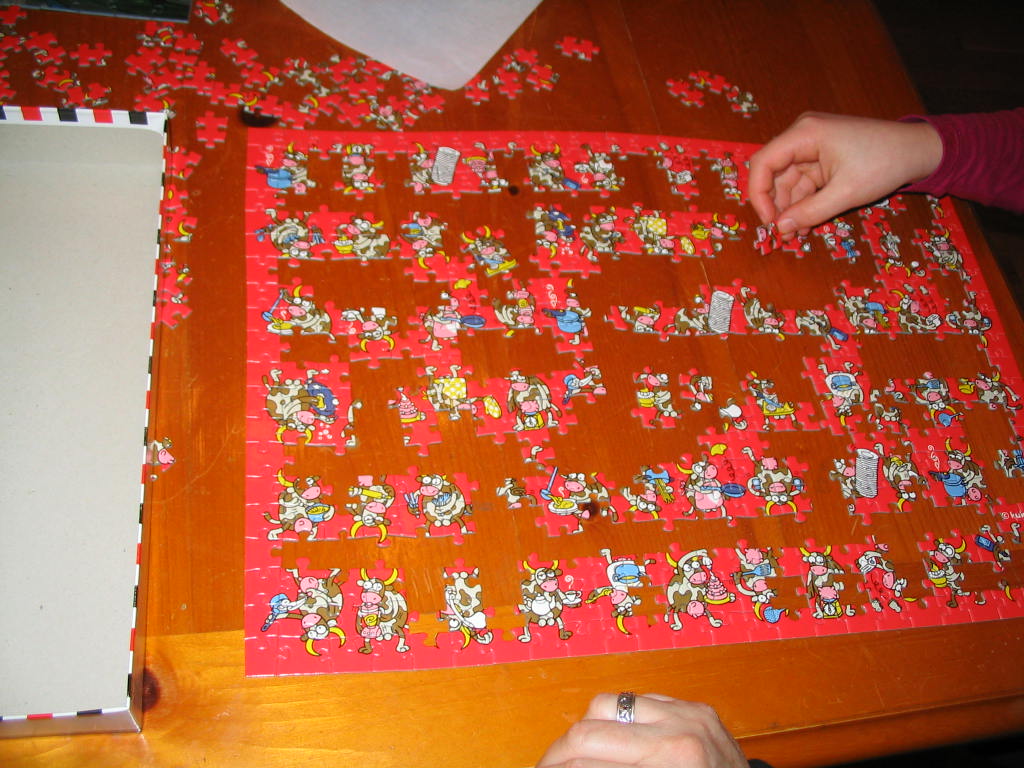I have just returned from British Columbia in Canada. I have to admit that their license plate motto is quite accurate: BC is incredibly beautiful. Another thing that struck me is the provincial flag of BC: the Union Jack at the top (OK, it is British Columbia), there are white and blue horizontal stripes, and a yellow sun setting at the bottom. Good thing they have the sun on their flag, because it sure isn’t visible in the sky.

In 1909 Charles D. Walcott made one of the most incredible discoveries in paleontology, and probably in biology in general. A treasure trove of fossils was revealed in Burgess Pass in the Canadian Rockies, eastern British Columbia. Because of unique process of mineralization in the shale, animal soft tissue was also fossilized. The number and diversity of species found was enormous. The quality of the fossils found was excellent. In many cases, soft tissue was preserved, which helped us better understand the anatomy of the creatures found. Together with other fossil beds the Burgess Shale taught us about the Cambrian Explosion: a relatively brief period in the history of life when most of the ancestors of today’s animals appeared. In a few geological heaves for about 10 million years between 550 and 540 Mya, the arthropods, echinoderms (starfish, sea-urchins and trilobites), brachiopods, molluscs and many others appeared and diversified into thousands of species. Eventually, many of those early species went extinct, but those animals that remain today on earth are their descendants.
![]()
It’s not clear what, if anything, prompted this rapid appearance and diversification of species. The ancient super-continent Gondwana was breaking up, so maybe the addition of ecological niches, such as shallow seas, accelerated diversification. Shallow seas would have been more oxygenated than the deep ocean surrounding the supercontinent, creating more habitable niches to be filled. A mass-extinction is also thought to have occurred just prior to the Cambrian Explosion: the end-Ediacaran extinction. Mass-extinctions are known to wipe the evolutionary slate clean, and prompt the diversification of the species surviving the mass-extinction. Think of mammals before and after the dinosaur extinction. The niches occupied by large predators and herbivores were populated by mammals only after the K-T extinction. Or maybe it was a combination of these factors, or maybe the genotypic diversity has attained a critical mass that it triggered a consequent phenotypic and species diversity to follow.
Recently, Lawrence David and Eric Alm from MIT published an article in Nature that describes the microbial and molecular equivalent of the Cambrian Explosion. They show an explosion of new genes appearing in very short evolutionary time: a mere 470 million years or so. 27% of modern gene families were born in a starting about 3.3 billion years ago. The accelerated gene birth lasted until 2.85 billion years ago, when the rate of gene birth slowed down to what it is now. New genes still occur, but at a much lower rate. Today, and since about 2.5 billion years ago, genomes gain two to four new genes every 10 million years. But during the Archaean Expansion, as David and Alm named this period of accelerated gene appearance, the gene gain rate peaked at 10 genes per genome per 10 million years. This explosion of new genes was accompanied by the appearance of many new bacterial species too. David and Alm used software they developed called AnGST: “analyzer of gene and species trees”. AnGST looks at specific gene phylogeny as well as the broader species phylogeny from the tree of life. This enabled them to trace the gene history back to the Archean period, and to view this expansion.
Just to place things in perspective: if the history of life on earth was compressed into one year, unicellular organisms were the only life you could find from January through most of August, which is when multicellular life emerged. The Cambrian explosion did not happen until mid-November, and did not last much more than a day. It was quite a formative day though, because even through at least three mass-extinctions took place after that day, all animals you can find on December 31 (today) can trace their ancestry to that day in November. But the Archaean gene expansion took place much earlier: for whole 40 days starting late January through early March; much longer and quite earlier than the Cambrian explosion.
So what triggered the Archaean expansion? To answer the question, David and Alm examined the genes originating in the AE. They found an unusually high number of genes that have to do with oxygen-based respiration, and everything surrounding it: for example, genes having to do with oxygen transporting metals, such as iron. The timeline they show for the Archaean gene expansion roughly corresponds to that of earth’s great oxygenationprobably triggered by photosynthetic bacteria some 2.5 billion years ago. The increasing concentration of atmospheric oxygen created a new situation, in which cohorts of oxygen respiration genes appeared.It took nearly half a billlion years for the Archaean gene expansion, but the stage was set. Those “two months” life spent acquiring those genes resulted in permanent long term changes to earth’s biosphere. Over the next 2.5 billion years (or “eight months”) microorgnisms eventually colonized the whole planet, creating nutrient cycles, the soil system, and constantly raising the oxygen concentration until… boom! One day in November there was enough oxygen for the animals to step in. Life has not been the same since. Actually, life has never been the same ever. Which is why life is so cool.
EDIT: This post has been submitted to the 2011 NESCENT best evolution-themed blog post.
David, L., & Alm, E. (2010). Rapid evolutionary innovation during an Archaean genetic expansion Nature, 469 (7328), 93-96 DOI: 10.1038/nature09649





























